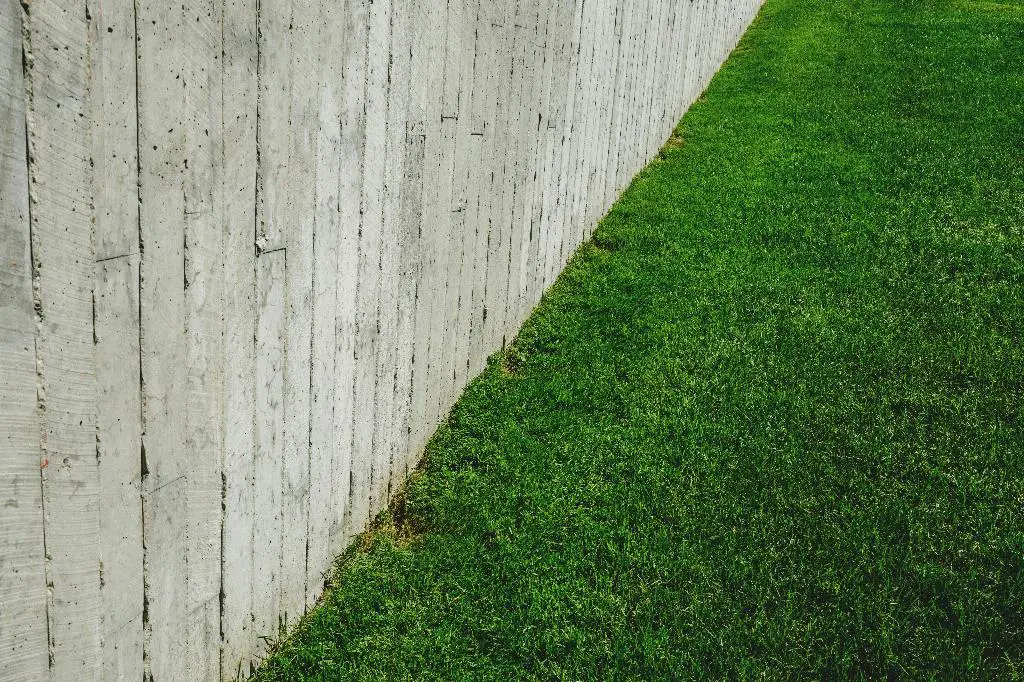As the leaves start to change color and the temperature begins to drop, many homeowners wonder, “When is the best time to fertilize my lawn in the fall?” It’s a valid question with crucial implications for the overall health and appearance of your turf. Let’s delve into the specifics of fall lawn fertilization to ensure your grass thrives throughout the cooler months.
The Timing of Fall Fertilization
For optimal results, the first round of fall fertilizer should be applied from late September to early October. This initial treatment is essential for providing your lawn with the nutrients it needs to withstand the upcoming winter months and emerge strong in the spring.
Second Round of Fertilization
Following the first application, it’s recommended to apply a second round of fertilizer in November. This additional treatment helps to further fortify your grass roots and promote growth, setting the stage for a lush, healthy lawn in the following year.
Choosing the Right Fertilizer
When deciding on the right fertilizer for your fall lawn care regimen, opt for a high-quality, slow-release formula. Slow-release fertilizers provide a consistent nutrient supply to your grass over an extended period, ensuring steady growth without the risk of burning your turf.
Consider Your Grass Type
It’s important to take into account the type of grass in your lawn when determining the best time to fertilize in the fall. Cool-season grasses, such as Kentucky bluegrass and fescue, benefit most from fall fertilization, as they undergo active growth during this season.
Environmental Factors to Consider
While timing is key, environmental factors can also play a crucial role in determining when to fertilize your lawn in the fall. Keep an eye on the weather forecast, aiming to apply fertilizer when there’s enough moisture in the soil to help your grass absorb nutrients effectively.
Preparation for Dormancy
By fertilizing your lawn in the fall, you’re essentially preparing it for the dormant winter months. Nutrient-rich soil allows your grass to build up reserves, ensuring it remains healthy and vibrant even when growth slows down during the colder season.
Benefits of Fall Fertilization
The advantages of fall fertilization extend beyond immediate growth. By nourishing your lawn during this time, you’re setting the foundation for a robust root system, improved disease resistance, and enhanced stress tolerance, enabling your grass to thrive in various conditions.
Maintenance and Follow-Up Care
Be sure to follow up on your fall fertilization schedule with routine maintenance tasks, such as mowing, watering, and weed control. These additional steps, coupled with proper fertilization, contribute to the overall health and appearance of your lawn.
Consulting with Professionals
If you’re unsure about the best approach to fall lawn fertilization or wish to tailor your lawn care regimen to your specific needs, consider consulting with lawn care professionals. They can offer expert advice and customized solutions to ensure your grass receives the care it deserves.
Conclusion
In conclusion, fertilizing your lawn in the fall is a crucial step in promoting its long-term health and vitality. By understanding the optimal timing, selecting the right fertilizer, and considering environmental factors, you can ensure that your grass thrives throughout the changing seasons and emerges stronger than ever.

